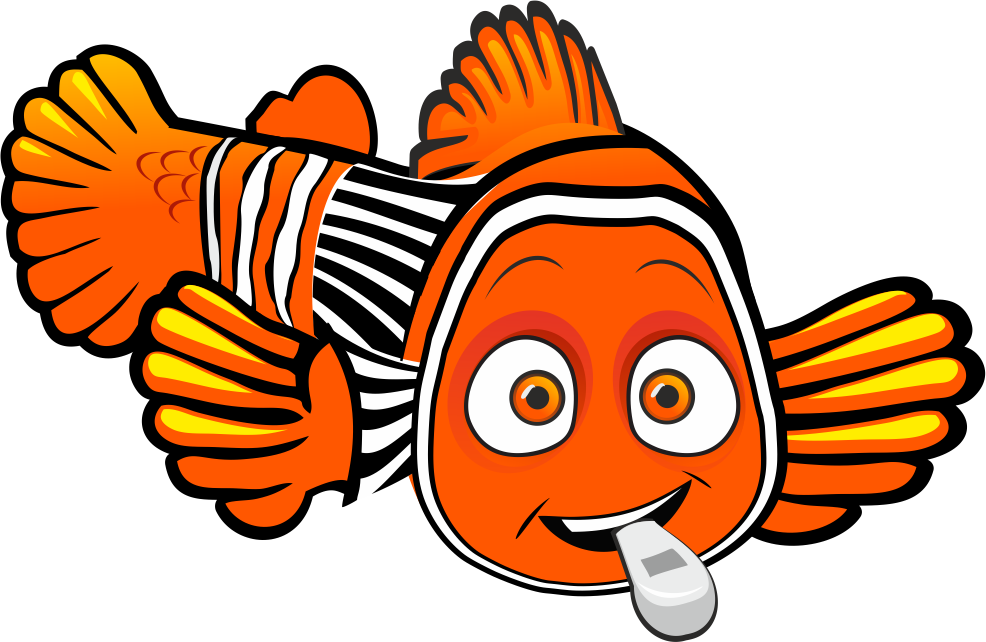Basic Facts About Cory Catfish
| Scientific Family: | Callichthyidae |
| Number of Cory Catfish Species Types: | There are upwards of 140 total species of Corydoras Catfish. The most common species in the aquarium trade are Bronze Cories (Corydoras Aeneus), Panda Cories (Corydoras Panda), Peppered Cories (Corydoras Paleatus). |
| Average Life Span: | Cory catfish generally live up to about five years. |
| Typical Size: | Naturally, size of corydoras vary by species but the majority of corydoras that are common to the aquarium trade will stay under about 3 inches long. There are some species that will get up to close to 4 inches and others that will stay under about 2 inches. Ultimately, the size of the fish depends on the species. |
| Colors: | Corydoras range in color and pattern based on species, though some of the most common are the bronze cories, which have a greenish hue to them, panda cories which are black and white, and paleatus cories which are speckled. |
| Native To: | Cory catfish are native to South America and can be found in the Amazon basin. |
| Water Conditions Needed: | Temperature: Different species thrive in different temperatures, but generally cories will do well in a tank kept between 72 and 80°F PH Level: As Corydoras are found in soft acidic waters of the Amazon basin, they prefer a PH of between 6.5 and 7.8. |
| What Do Cories Eat?: | Corydoras are natural scavengers, feeding off of small crustaceans, plant detritus and algae in the wild. In the home aquarium, they’ll eat a variety of sinking pellets, catfish wafers and even more meaty foods such as bloodworms. As with most fish, a balanced diet will help your corydoras thrive. |
| Fish-Keeping Experience Level: | Cories are some of the easiest fish to keep in the aquarium trade today, and given their active schooling nature and unique appearance, they make a great bottom feeder for smaller aquariums. |
| Minimum Tank Size: | Cories prefer to school and are best kept in a tank with at least six cories. While they’re small, they are fairly active fish. If you plan on keeping a species only tank with just cories, a ten gallon tank will suffice. |
| Tank Accessory Requirements: | Corydoras Catfish have sensitive barbels on their face that they use for sifting sand and searching for food. As such, they prefer soft granular substrates such as sand to gravel. Additionally, small caves are good to include as it provides them cover. |
| Compatibility – Other Fish: | Corydoras are peaceful fish and we would recommend them to be kept in a community aquarium. Good options for tank mates include top-water live-bearers, such as mollies, platies and guppies, smaller tetras, such as neon tetras, cardinal tetras and black skirt tetras. Be careful keeping your cories with more aggressive species as they may be easily out competed for food. |
| Compatibility – Plants: | Corydoras will thrive in a planted tank but by no means are plants necessary. They can simply serve as a natural way to provide cover for your fish. Recommended plants include Java Fern, Amazon Swords or stem plants, such as Bacopa or Cabomba. |
| Compatibility – Do not Keep With These Species: | We would recommend against keeping them with larger more aggressive cichlid species or african cichlids due to water parameter differences. |
| Can you breed them? | Corydoras are relatively easy to breed, with the only caveat being that it’s difficult to do so without an additional tank or a breeder box to separate the eggs. Cories are egg layers and they often do so on the underside of leaves, the glass or even within man made “Spawning Mops”, which are incredibly easy to make from simple yarn. Once they lay their eggs, they may eat them so it’s important to collect them as quickly as possible. Once collected, simply put the eggs within the breeder box with either an air stone or strong water flow to ensure that the eggs receive enough oxygen. Once they hatch, you can keep the fry separate from larger fish until they’re large enough that they don’t become a snack. |
| Fun Fact: | In some parts of South America, people will eat Cory Cats. We would always recommend against eating your aquarium fish. Please don’t try this at home! |
| Cost: | Cory catfish range in price based on species with the least expensive generally between $3-$5 and some of the more rare species, such as green or gold laser cories can cost up to $25 each. |

How will a Cory Catfish behave in your aquarium?
Cory Catfish are active bottom feeders within your tank. They do best in schools of six or more and are fast swimmers, often darting in a school from one side of the tank to another. When hungry, cories will swim along the substrate using the barbels on each side of their mouth to sift for food. These are relatively sensitive organs which can be damaged on sharper rocks, so we recommend sand for your substrate. When breeding, the females will swim vertically to deposit eggs on glass, plants or even ornaments.
How to acclimate your Cory Catfish to your fish tank?
Cories can be acclimated by the floating method, detailed below. As Cories are very hardy fish, they are easy to acclimate to your home aquarium.
Floating Method:
Step 1: Place the bag with your Cory Cats in your aquarium & cut off the lights. While they likely had the light on in the pet store, keeping them close to the lights of your tank may unintentionally heat the water in their bag more than you wanted to.
Step 2: Let the bag float for 10-15 minutes to reach the same temperature as the tank.
Step 3: Cut a small hole in the bag and allow some of the water from your aquarium to flow in until it makes up roughly half of the water in the bag. Allow the bag to continue to float for about 5 more minutes, this will allow the Corydoras to ease into the water parameters of your tank
Step 4: Release the Cory cats into your tank!
Which Species Are Best To Pair With Your Cories?
- Small Tetras, such as Lemon Tetras, Rummynose Tetras or Cardinal Tetras
- Guppies or other livebearers such as mollies or swordtails
- Bristlenose Plecostomus
- Small barbs, such as cherry barbs
Most Common Types of Cory Catfish
- Bronze Cory Catfish
- Peppered Cory Catfish
- Panda Cory Catfish
- Three Stripe Cory Catfish
- Bandit Cory Catfish
- Julii Cory Catfish
- Skunk Cory Catfish
Ohfishal Cory Catfish Fish Tank Set Up
This is our ultimate checklist for a set up for Cory Catfish. Below is everything you need for a great habitat for your Cories! Of course, you can do this with less parts, or different parts, but this is our all-in ohfishal recommendation. This set-up will run you around $215 (market prices will vary).
- Fish Tank, Light, and Filter – 20 Gallon Aqueon Starter Kit – $130
- Species – 6 Cory Catfish ($18-$30), 6 Neon Tetras ($12-$18), 4 Platies or Sword tails ($8-$16)
- Live Plants–Rotala ($4/Bunch), Java Fern ($5), Small Driftwood ($10-15)
Frequently Asked Questions about Cory Catfish
Corydoras are peaceful fish, which makes them great candidates for small tetras or livebearers
Cories can live around 5 years but have been known to live as long as 7.
Cory catfish are fairly easy to breed if you have a second tank to hatch the eggs and raise the fry. See our breeding guide above for more details!
Cory catfish range in price based on the species, with the least expensive generally between $3-$5 while the most expensive can be as expensive as $25 each!
Different species of corydoras can grow to different sizes. The most common species generally stay less than 3 inches long. On the smaller side, the pygmy Cory barely reaches an inch in length while some of the largest bronze cories can be up to 4 inches long.
